The last battles of the 13th SS Mountain Division "Khanjar"
In the foreground is the 37-mm anti-tank gun 37 (t) (Czechoslovak Skoda 37, arr. 1937)
The end of the essay on stories "Bosnian-Muslim" 13th SS Mountain Division "Khanjar".
First part: "13th SS Mountain Division" Khanjar ". The birth of an unusual military unit ";
The second part: "Formation, training and the first battles of the 13th SS Mountain Division" Khanjar ".
Translation of an article published in the German military history magazine "DMZ-Zeitgeschichte" No. 47 September-October 2020.
By Dr. Walter Post
Translation: Slug_BDMP
Illustrations: magazine "DMZ-Zeitgeschichte"
The next major Khanjar operation was the Fliegerfaenger (Flycatcher).
Approximately 26 kilometers southeast of Tuzla (in the Osmatsi area) in early July, partisans of the 19th Birac Brigade of the 27th East Bosnian Division equipped a field airfield. The first Allied aircraft landed there on the night of 7-8 July.
On July 14, the 27th mountaineger regiment with a battalion of Chetniks, having occupied the settlements of Osmatsi and Memichi, went to the airfield with the aim of destroying it and, despite fierce resistance from the partisans, put it out of action. In the afternoon, the 19th partisan brigade launched a counterattack and knocked out the SS and Chetniks over the Tuzla-Zvornik road.
At the same time, the command of the 3rd partisan corps set the 36th Voevodino division to clear the area of the enemy and restore the operation of the airfield. This was done by July 15th. And the next night, Allied aircraft again delivered the cargo and evacuated about 100 wounded partisans to Italy.
In the end, the partisans retreated south, to the Vlasianitsa - Razhichi region. The airfield was destroyed by the Khanjar forces pursuing them. According to German data, the partisans lost 42 people, while the losses of the 13th division amounted to 4 killed and 7 wounded.
Even during Operation Flycatcher, the command of the 2nd tank Army planned an operation to prevent a large partisan detachment from crossing the Drina into western Serbia. To participate in the operation, various units of the V. Mountain Corps were involved, including the 13th Khanjar Division, and the mixed battalion of the 7th SS Division "Prince Eugen".
On the morning of July 16, Corps Commander Pleps visited the Khanjar location and informed the divisional commander Hampel of the plan for the upcoming operation. It was supposed to involve four reinforced battalions and the Chetnik battalion still subordinate to the 27th regiment.
These units were divided into two battle groups. Their task was to find and destroy partisan bases in the mountains and caves in the vicinity of Sekovichi. The offensive was planned to begin the next day - July 17. And the chief of the operations department of the division headquarters, Obersturmbannfuehrer Erich Braun, quickly prepared a plan of operation.
The area where the partisans were based was supposed to be taken in ticks. The battle group of the 27th regiment, with the support of the Chetniks, advanced on Sekovichi from the east, while the battle group of the 28th regiment did the same in the south. The battalion of "Prince Eugen" acted separately. He advanced in a northerly direction with the aim of encircling the partisans.
The subdivisions immediately marched into the concentration areas. Hampel did not trust the abilities of the commander of the 27th regiment, Obersturmbannführer Hermann Peter, so he transferred the command to Erich Braun.
Operation Heiderose began at noon on 17 July. The combat group of the 28th mountaineger regiment (II. And III./28), having overcome the stubborn resistance of the enemy, by 16 o'clock completed the task of the day - it reached the line 21 kilometers southeast of Tuzla. The battle group of the 27th regiment (I. and III./27), almost without encountering resistance, by 18 o'clock took control of the heights near Urich. The battalion of "Prince Eugen" came across only the focal defenses of the partisans and occupied the area southeast of Sokolats.
The next morning, the Chetnik battalion began its offensive. The battle group of the 27th regiment continued the offensive and reached Podcrkvina and the heights south of Sekovichi, planning to occupy them the next morning. The combat group of the 28th regiment pushed back the 26th Voevodino division and entered the Petrovichi area, located north of Sekovichi, from where a further offensive was planned on the positions of the 12th partisan corps units near Zhyvnitsa.
The Prince Eugen reconnaissance battalion advanced from Varesh, cutting off the escape route for the partisans through Kladani. When the Germans already believed that the battles for Sekovichi were over, the 36th Voevodino division launched a counteroffensive against the positions of the 27th regiment from the southeast and northeast, but these attacks turned out to be only heavy losses for the partisans. The next day, in turn, the 27th regiment attacked. The fighting ended by 23 July when the guerrillas retreated south. Three battalions (I./27, II./28 and III./28) began to sweep the area in search of partisan bases, initially without success.
Only after a second combing was it possible to find warehouses of ammunition and medicines, as well as radio stations. Thanks to an accident, it was possible to find the command post of one of the partisan battalions, and in it - a plan for the location of ten caches. The Chetniks showed particular zeal in the removal of trophy property - in battles they were much more cautious.
Operation Heiderose was a great success for the Germans. According to them, 947 partisans were killed and large trophies were captured. Including: one anti-tank gun, two mortars, 22 machine guns, 800 rifles and about 500000 rounds of ammunition. The losses of "Khanjar" amounted to 24 killed and more than 150 wounded. According to Yugoslavian data, the losses of the 12th partisan corps amounted to 250 killed, wounded and missing.
In the first week of August 1944, the Khanjar, together with Prince Eugen, took part in Operation Hackfleisch (Minced Meat), which is part of the large-scale operation Ruebezal (Mountain Spirit, a character of German and Czech folklore. - Note translator).
The task of the operation was to cleanse the partisans of the Kladani-Vlasianitsa-Sokolats-Olovo region south of the "pacified zone".
The plan was as follows:
- The reconnaissance battalion of the 7th SS Mountain Division from the Varesh area attacks the partisans in the Tin area and drives them out to the east;
- I./28 from Rybnitsa advances in the southern and southeastern direction towards Olovo;
- III./28 advances from the Kladani region in the southern and southwestern direction to Petrovichi;
- The 27th mountaineger regiment advances from the Sekovichi region to the south;
- Subunits of the 14th Mountaineger Regiment of the 7th SS Mountain Division from their starting positions 14 kilometers northwest of Sokolats advance to the northwest;
- the reinforced 13th mountaineger regiment of the 7th SS mountain division is concentrated in the Sokolats area and advances in a northern direction.
The German command planned to drive out the partisans to the east, driving them into the pincers of the advancing German troops.
The offensive began on 4 August.
The Prince Eugen reconnaissance battalion dispersed the partisan forces in the Olovo area and drove them towards the advancing units of the 28th Regiment (I./28, III./28) and the 7th SS Division. The next day, the reconnaissance battalion, having overcome strong resistance from the partisans, occupied the heights south-west of Olovo.
III./28 and the 27th regiment initially attacked according to plan. And it seemed that the enemy was already trapped.
But then the 27th regiment underwent a powerful counterattack by the 27th East Bosnian and 36th Bosnian partisan divisions and was forced to stop the offensive. Large forces of the partisans managed to break through its battle formations. Other partisan detachments retreated in the direction of Goraje.
Thus, Operation Stuffing is considered only partially successful. Although it was possible to destroy 227 partisans and take 50 prisoners, the penetration of the partisans into Serbia was only temporarily suspended.
***
In early September 1944, the Khanjar division returned to the "peace zone". Its battalions were stationed in the settlements of Kurukaya, Vukovye, Osmatsi and Srebrenik.
Soon after, the 3rd Partisan Corps attacked Srebrenik. The fighting continued for two days, but II./28 managed to repel all the attacks of the 11th Krajina division.
After these events, the 13th division was withdrawn for reorganization to the Vukovice - Osmatsi - Srebrenica area.
Throughout the summer of 1944, the Khanjar division was almost constantly in action.
Fatigue, the deteriorating situation on the fronts and rumors spread by the partisans led to the fact that signs of decay began to be noticeable among the personnel.
Here one cannot fail to mention the opinion of the representative of the Wehrmacht under the Ustasha government in Zagreb, General Edmund Glaise von Horstenau.
Even when the division was being formed, he warned that the Bosnians were joining the SS only to protect their families and villages. Any attempt to use them in operations outside Bosnia would be of questionable combat value for Muslims. This general, back in the First World War, was an officer of the general staff of the Austro-Hungarian army in Galicia, and then a political and press adviser to the high command. He was well versed in interethnic relations within the Danube monarchy and knew what he was talking about. Time only confirmed that he was right.
On August 17, 1944, Tito announced an amnesty to all collaborators. And many of the Khanjar fighters took the opportunity to change sides in the conflict. In the first three weeks of September, about 2000 people deserted, many of them took their weapon.
Until the beginning of October, about 700 of them joined the 3rd partisan corps. Most of them joined the "green" - Muslim self-defense units. Or just went home.
As a result, division commander Hampel suggested that Himmler disarm all Muslims in the 13th and 23rd (2nd Croatian) SS divisions. But Himmler decided to disband the 23rd division, and add its personnel to the Khanjar. As a result of the merger, the strength of the 13th division again reached 346 officers, 1950 non-commissioned officers and 18520 privates.
***
On the morning of October 3, 1944, one of the groups of the Khanjar reconnaissance battalion was attacked by partisans of the 28th Slavonian Division near Drina in the Yani region, on the eastern border of the "peace zone".
A group of scouts managed to break out of the outlined encirclement to the north. The rest of the reconnaissance battalion attacked from the Bilina region to the south and inflicted heavy losses on the partisans. From the east I was in a hurry to help III./27. He attacked the partisans in the Mordany area and by 22 o'clock made his way to the Yani garrison. At night, the 3rd battery of the artillery regiment joined these forces. At dawn, four more partisan brigades attacked Yani.
The fighting lasted all day, and all partisan attacks were repulsed. The partisans were forced to retreat south. Reconnaissance groups set out in pursuit, but did not achieve much success. The partisans managed to cross the Drina.
Based on the results of these battles, the command of Army Group F concluded that the Khanjar was not very efficient. But a few days later, the 9th Company of the 28th Regiment showed what the Bosnians were capable of with a skillful and decisive leadership.
The company of Untersturmführer Hans Koenig managed to ambush the 17th Mayevitsky brigade, inflict heavy losses on it and seize important documents.
***
In the late autumn of 1944, the situation on the southern sector of the Eastern Front became disastrous. After the collapse of the German defense in Romania, Soviet troops entered Hungary. And at the end of October they reached the Danube in the Mohacs region. And by the beginning of November, they seized the bridgehead at Apatin (Serbia).
The 28th mountaineger regiment, I./27 and III./Ar 13 remained at the bridgehead at Brcko, and the main forces of the "Khandzhar" went to Zagreb to help the LXIX corps. However, most of the Bosnians did not want to leave their homeland. And the number of deserters went up sharply.
In mid-October, about 700 Khanjar fighters in Orazhya went over to the partisans with weapons and were distributed between the 17th Mayevitskaya and 21st East Bosnian brigades.
On October 20, the Red Army and partisans occupied Belgrade.
The disintegration processes in the 13th SS division intensified. At the end of October, she retreated north, to the other bank of the Sava.
Himmler finally decided to issue an order to disarm the "unreliable" Bosnians. About 1000 people at the Brcko bridgehead and more than 2300 in Zagreb were sent to workers' battalions to work in the rear.
On November 12, 1944, the "Khanjar" division was ordered to transfer all heavy weapons to the 1st Mountain Division of the Wehrmacht, and themselves (now under the name "Battle Group Hanke") to gather in the region of the Croatian Pech near Batina.
On November 14, the combat group was transferred from the bridgehead at Brchko to a position at Beli-Manastir, southwest of another Soviet bridgehead at the village of Batina.
Here on November 20, Soviet troops crossed the Danube.
The next day, the Hanke group was driven out of their positions, and its remnants began to retreat to Zagreb. She was included in the 44th Reichs-Grenadier Division "Hochund Deutschmeister". And together with her, by November 29, retreated to the city of Shiklos in southern Hungary. A few days later, the "Hanke" group was withdrawn from the front and sent to the Hungarian Bartsch on the Drava, where on December 2 it again merged with the remnants of the "Khandzhar".
Despite the fact that by this time many Bosnians had returned from the workers' battalions, they were now in the minority. Due to the inclusion of Hungarian infantry and artillery units in the 13th SS Division, as well as Germans from spare parts, the division lost its Bosnian-Muslim character and differed little from the rest of the 2nd Panzer Army.
If at the beginning of 1944 95 percent of the personnel were not of German origin, then at the beginning of November 50 percent were already Volksdeutsche.
***
To repel the Soviet offensive, the 13th Division was deployed to the Lake Balaton area and took part in heavy defensive battles on the "Margarita Line" between Drava and Balaton.
After the offensive was repulsed, the fighting from December 1944 to January 1945 took a positional character. Until March 1945, the division was in Barça, where it was replenished with convalescent and military personnel from defeated units.
On March 6, the Khanjar division took part in Operation Spring Awakening, the last major offensive of the Wehrmacht in World War II.
But already on March 7, her offensive was stopped at Kaposvar.
***
On March 29, the offensive of the 57th Soviet and 2nd Bulgarian armies began.
The positions of the 2nd German Panzer Army were broken through at Nagybajom. "Khanjar", holding positions south of the place of the breakthrough, was forced to retreat to the northwest, to the previously prepared defensive line "Dorothea".
On April 3, the division suffered heavy losses and lost all heavy weapons while crossing the Mur River. Three days later, the 13th SS Division reached the border of the Reich and took up defensive positions on the "southeastern rampart" in the Pettau area.
The last battle took place at Kismannodorf on April 19.
***
On May 5, the remnants of the division moved east into Austria.
All Bosnians were released to their homeland. Many of them were killed by partisans along the way. The rest continued on to the Ursula line at Kellersdorf.
On May 8, an order followed to move towards Wolfsburg and Cairnten. The march continued until May 11, when the remnants of the Khanjar surrendered to British forces at St. Veit.
From May 15, former servicemen of "Khanjar", 7th Mountain Division "Prince Eugen" and 16th SS Panzer-Grenadier Division "Reichsfuehrer SS", and now prisoners of war, began to be transported by rail to the camp near Rimini. 38 former SS men "Khanjar" were transferred to the SFRY, where they were brought to trial.
Some of them, including Brigadenführer Sauberzweig and Obersturmführer Koenig, committed suicide.
The trial took place from 22 to 30 August 1947 in Sarajevo. The text of the verdict says about 5000 victims of the Khanjar punitive operations. Only seven of the 38 defendants were charged with personal charges.
The defendants were defended by two civilians and one military lawyer.
All defendants were found guilty.
10 of them were sentenced to death and 28 to prison terms ranging from five years to life.
Imam Halim Malcoch, who distinguished himself in suppressing the rebellion in Villefranche-de-Rouergue, was executed in Bihac on March 7, 1947.
All those sentenced to imprisonment were amnestied in 1952.
Brigadenführer Desiderius Hampel managed to escape from the British camp at Fallingbostel. He died on January 11, 1981 in Graz, Austria.
About 1000 Muslim Bosnians, former SS men of the 13th and 23rd Divisions, fought on the side of the Arabs in the 1st Arab-Israeli War of 1948-1949.
But this is a completely different story.
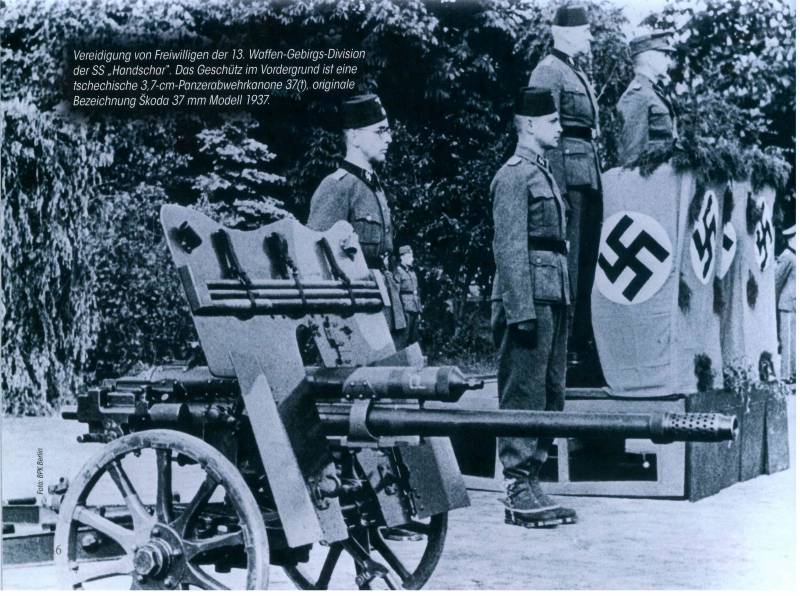

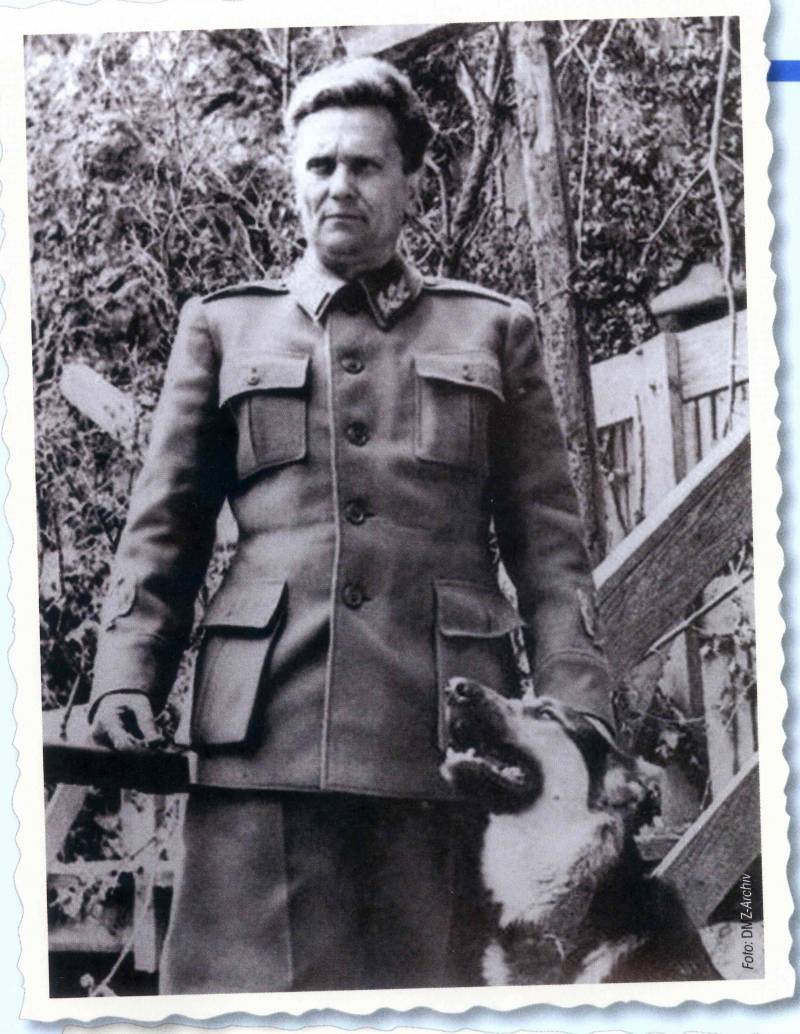
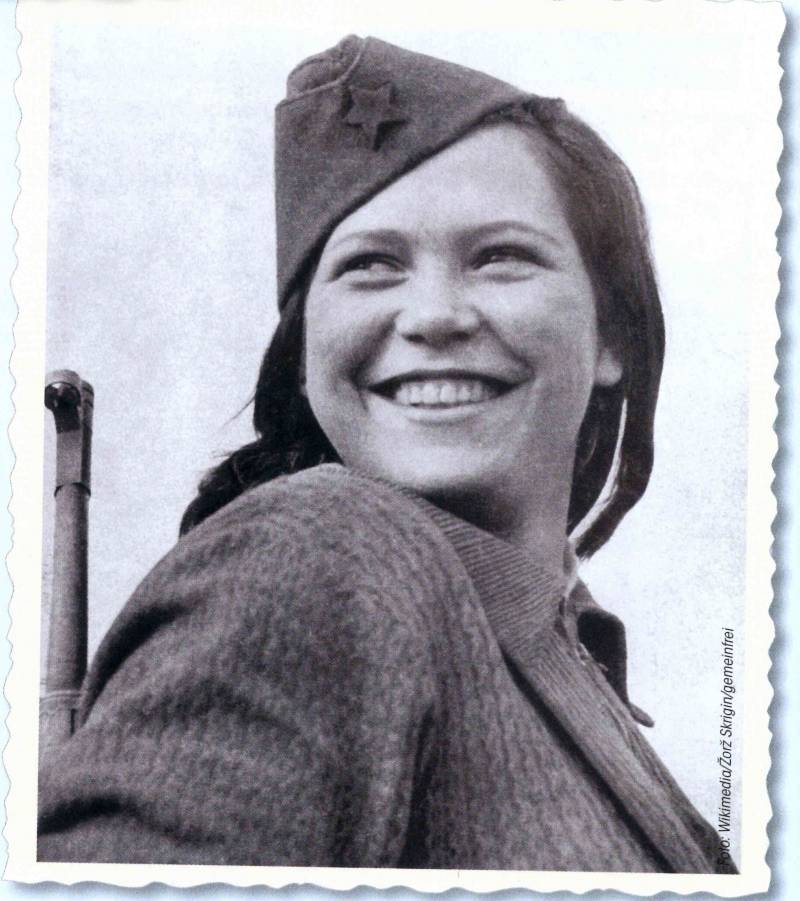
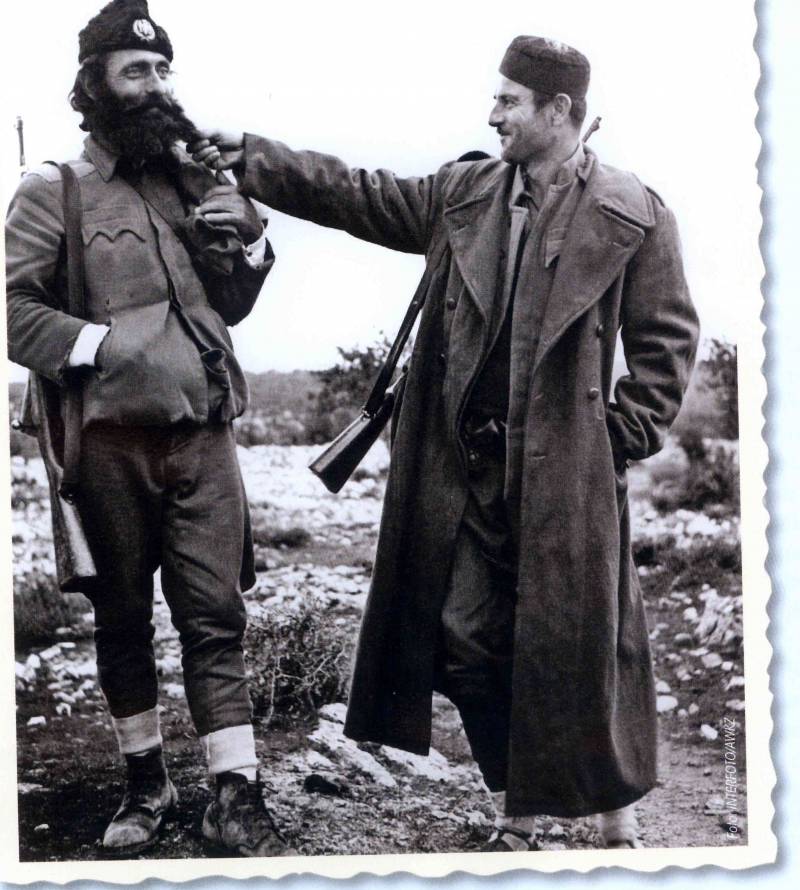
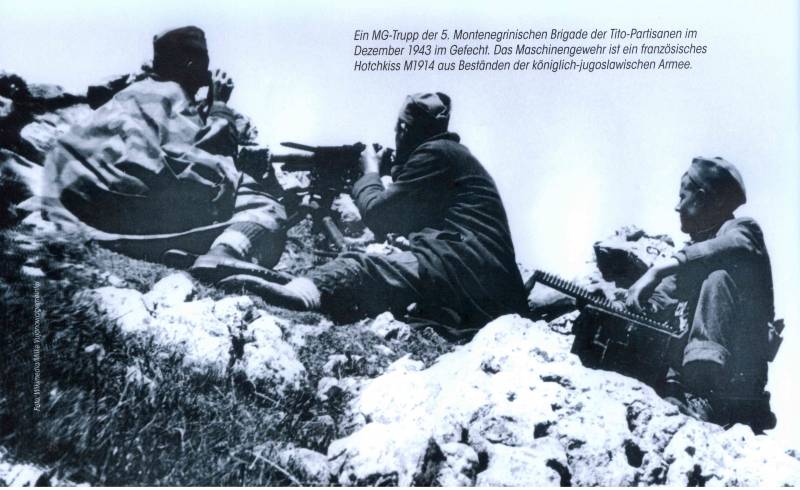
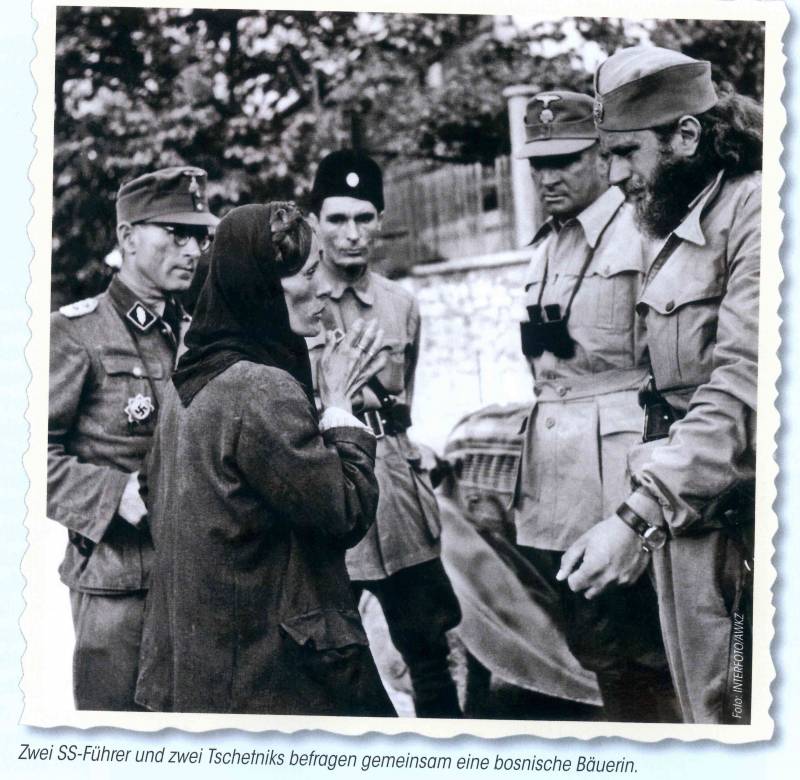
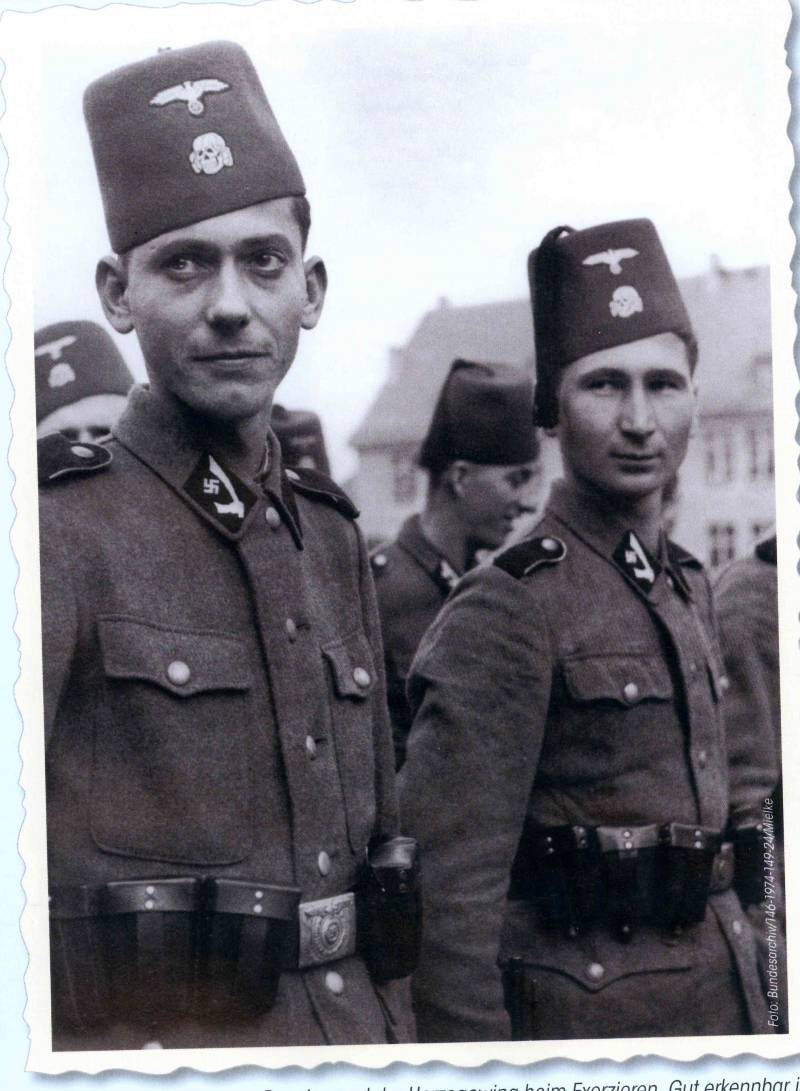
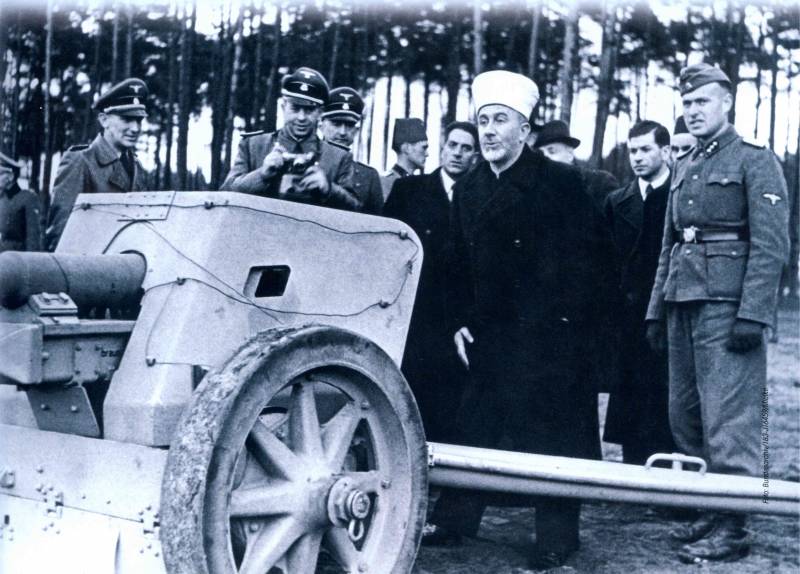
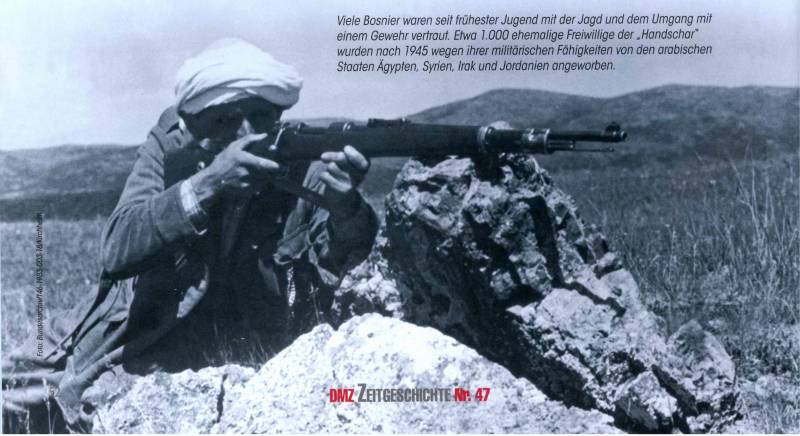
Information